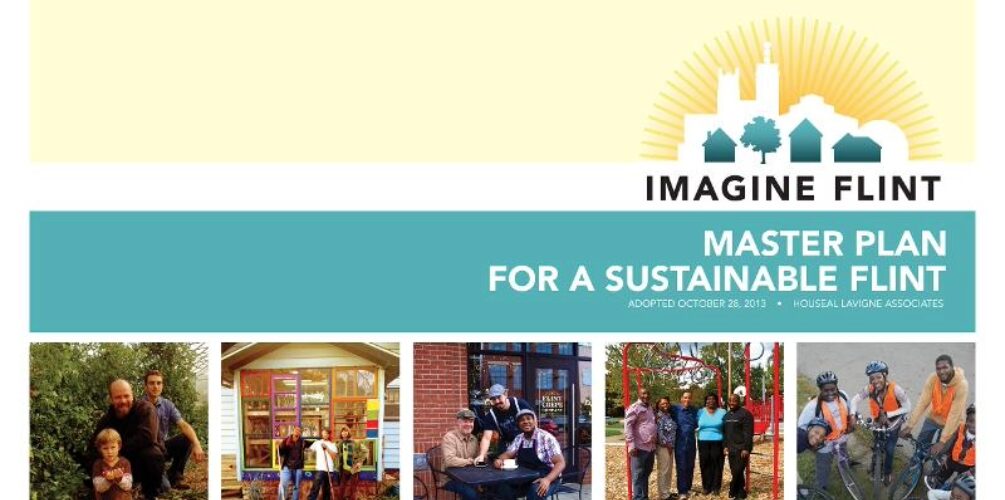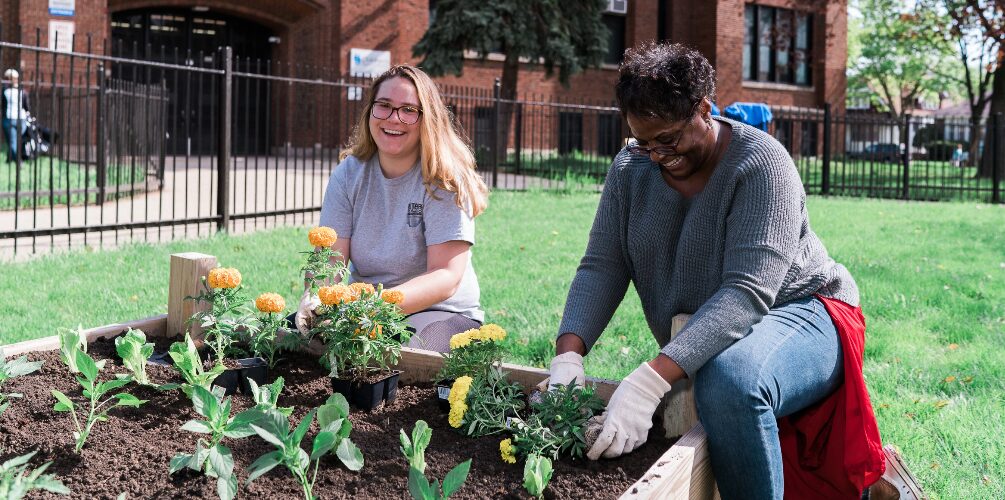Fundamental Elements
Vacant land stewardship requires four fundamental elements to addressing vacant land: knowing your community’s context, having clear goals and a plan, committing to collaboration, and enacting facilitative policies. These four elements will look different in every community, but they are all critical components of implementing successful vacant land stewardship. To learn more about these elements explore the element examples below.
Vacant Land Stewardship Elements:
Before a community can take a comprehensive approach to vacant land, it needs to know the comprehensive picture. Historical and current context of the place should inform what next steps are appropriate, or even feasible. Current data, in a format that can be compared with other data sources, is critical to understanding context, including property tax assessment, real estate sales, zoning, demographic, and municipal priorities. In particular, an up-to-date parcel inventory is critical to determining the scope, scale, and conditions of the vacant properties in a community. In addition to a foundation of data-rich information, understanding who (individuals, organizations, city departments, etc.) is already engaged in vacant land work is pivotal to starting and sustaining vacant land stewardship. By understanding what lots you have, who owns them, where they are located, and who is already furthering vacant land efforts, you can begin to connect around what is currently possible and what could be.
Vacant Land Stewardship Elements:
Every community must identify the purpose of their efforts on vacant land. Communities will be hard pressed to capitalize on the opportunity vacant land presents if they have not done the work to set collective goals and priorities. The planning process should center resident voices and should be collaborative and transparent. A strong land use plan that specifically addresses vacant lots features clear goals and a detailed breakdown of implementation responsibilities. It is vital that the plan comprehensively address the full scope of vacant lots within that geography. Vacant land stewardship is more than a few lots here and there getting repurposed. Plans should be revisited and updated every few years to ensure they still align with context and collective vision.
Vacant Land Stewardship Elements:
Vacant land stewardship truly takes a village—everyone has a role to play. Resident participation and leadership is critical, as ultimately, they are most immediately impacted by any project or plan. Elected officials, policy makers, and funders are often the least likely to recognize success of an intervention, but often have the most power to influence what is possible, the accessibility of processes, and the amount of resources available. Local organizations—from neighborhood groups to specialty nonprofits—can be a conduit to the public and are well-equipped to inform policy decisions, share best practices, support implementation, and manage funding due to their professional commitment to the issue and technical expertise. Collaboration is necessary among these groups, but also among the resources that make vacant land stewardship possible. This may include everything from leveraging multiple funding sources for projects to strategically locating tools to finding the unique expertise that may be needed along the way (e.g., legal, design, real estate, education, natural systems).
Vacant Land Stewardship Elements:
Vacant land stewardship is dependent on a policy environment that facilitates action and innovation. Many of the uses, ownership models, and programs are not currently addressed in local policies and some of them have yet to be created. Local policy must be adaptive over time. In addition to policies simply being “on the books,” they must be accessible and equitably implemented. Policies should acknowledge the end user as much as it does the end use. Forms, fees, and other requirements should be designed with the least experienced user in mind—a resident installing a small rain garden should not need to be an expert in the real estate development in order to navigate the needed permits or approvals for their project. Finally, there should be clear communication throughout all steps and decisions should be transparent.




